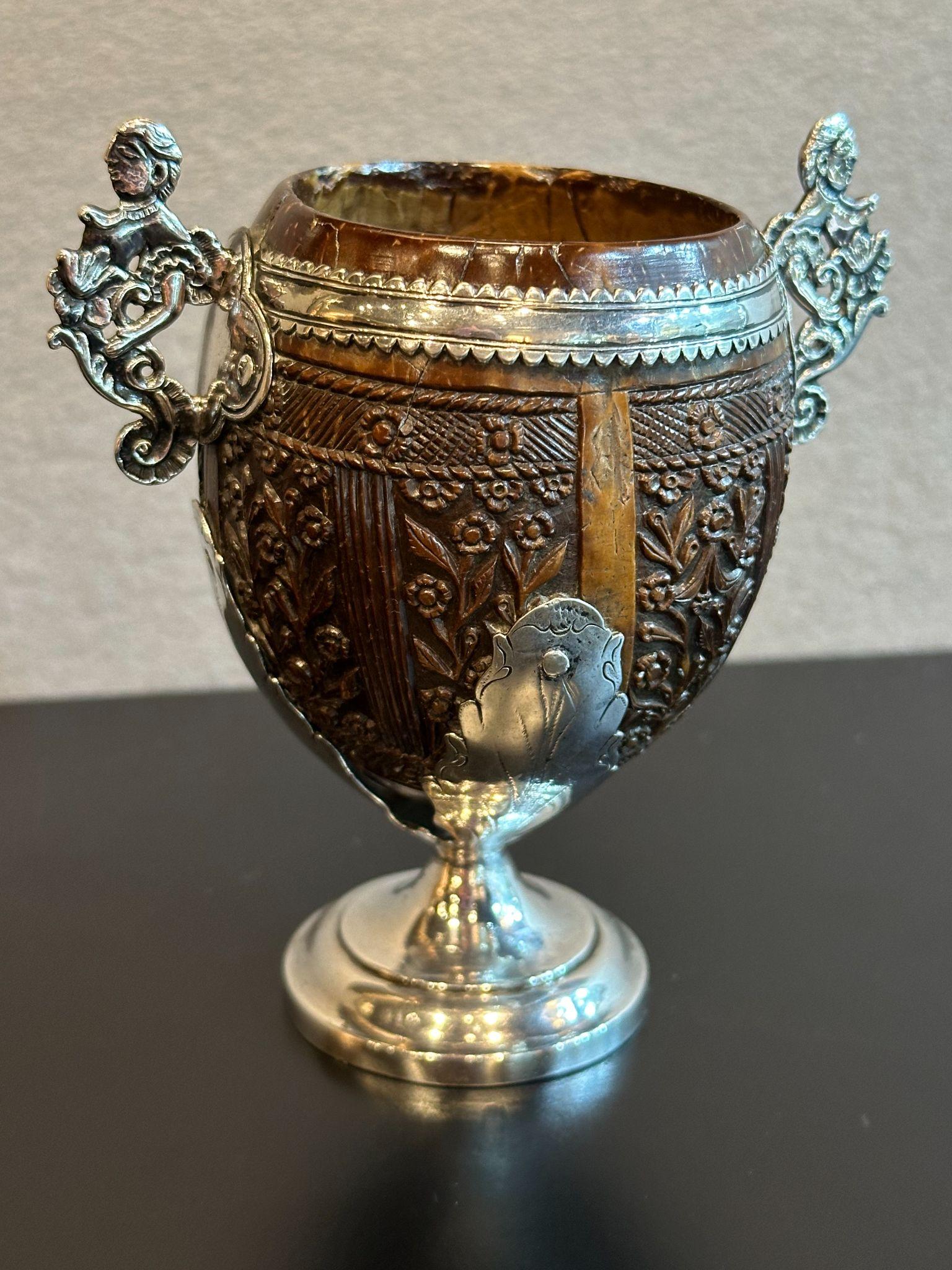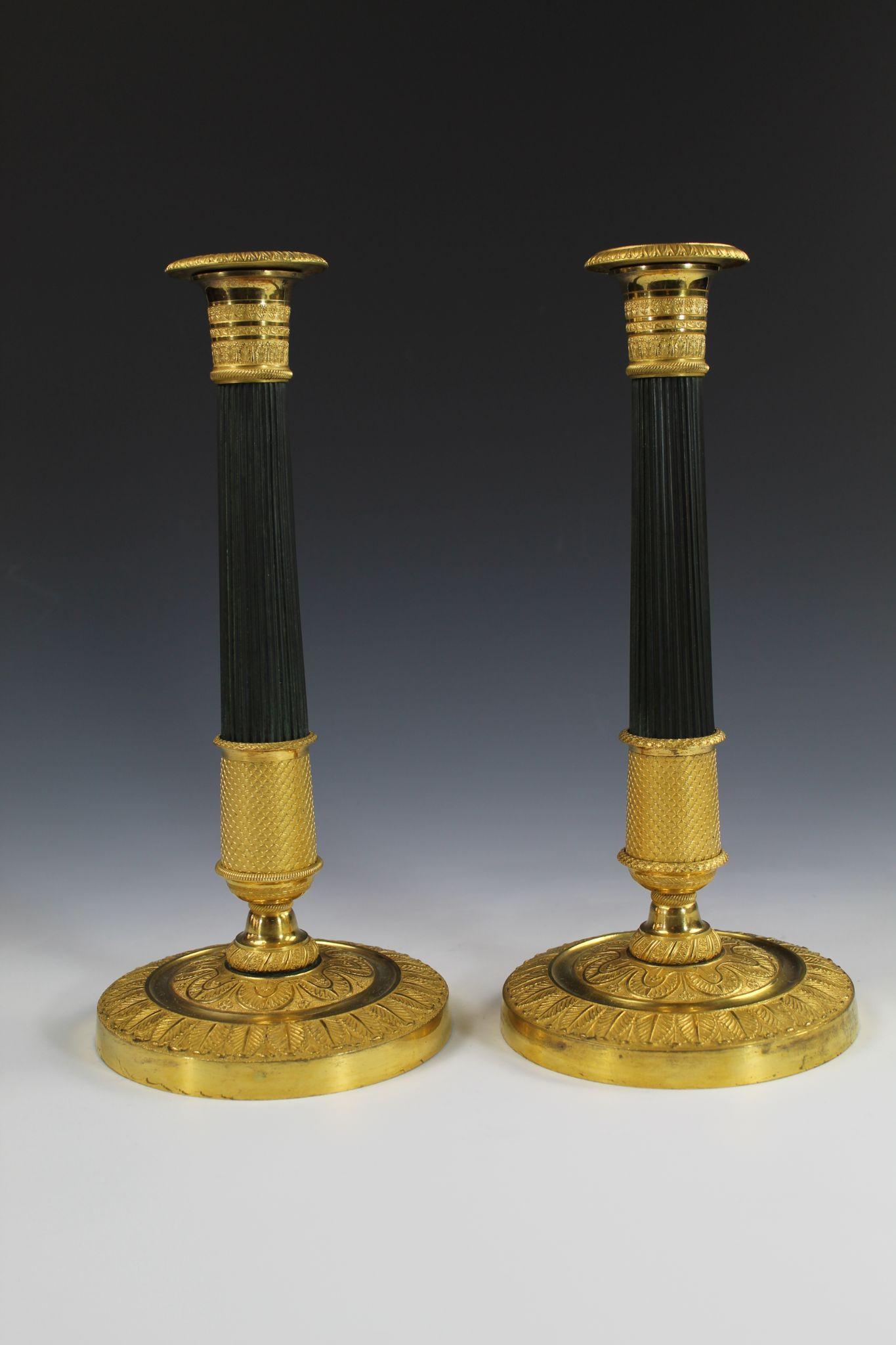Antiques Are In as The Winter Show’s Benefit Garners Resplendent Support


With much aplomb and quiet fanfare, The Winter Show celebrated its 70th edition to record-breaking success during its Young Collectors Night this past Thursday. Subtle specialty signage made these indications of its anniversary hard to spot, though the historical resonance of the event was captured wisely through the effervescent rush of philanthropic support pouring into the benefit’s fund: supporting East Side House Settlement’s critical community-based programming in the Bronx and Northern Manhattan. This year’s theme, The Green Vault, laid the foundation for its greatest treasure: record-breaking philanthropic support.
It’s a unique interrelationship as East Side House Settlement is the founding entity that organizes the fair’s production annually. Laura Day Webb, a Co-Chair of the proceedings, was deeply moved to share “that East Side House’s educational programs are a key component of why we are here tonight.” Day Webb reminded us that: “changing even one person’s trajectory in life via education, has ripple effects that cannot be overstated.”
The shout-out for longevity goes to Ralph M. Chait Galleries (New York, NY) as the event’s longest-standing participant, which is one year shy of having participated in every edition of The Winter Show. Though exhibitor relations run deep as just under a quarter of this year’s participating galleries have continuously presented booths for thirty years or more. An impressive track record of continuity for the country’s longest-running art, antiques, and design fair focused on showcasing rigorously vetted historical objets d’arts, antiques, old masters, jewelry, and manuscripts across a wide range of price points, to accommodate both established and emerging collectors alike.

Over 700 attendees included interior designers, textile specialists, gallery owners, museum trustees, artists, entrepreneurs, writers, celebrity stylists, and independent filmmakers—a cross-section of whom are also avid collectors—filed into the Park Avenue Armory for the soirée. With the additional support of the evening’s honorees Paul Arnhold, Brooklyn-based blown-glass artisan, and Wes Gordon, Creative Director of Carolina Herrera New York, certainly encouraged participation from those in the world of haute interiors and fashion design. Such robust attendance points towards a sustainable future for the antiques market amongst the next generation, despite the contested choice of dropping the very word from the nomenclature of the show. It seems the pendulum has swung from fears of a dwindling collector base, towards an upsurge in historical material brought back into pop culture through numerous period-film-style streaming series such as Bridgerton, The Gilded Age, The Empress, Belgravia, The Great, and so forth. Equally capturing the imagination, cases of the Atocha Collection’s restored shipwreck treasures lined the foyer’s central promenade highlighting gemstone specialist MUZO Emerald Colombia as a key partner of the fair. Full-length gowns and an arsenal of lapels donned eye-catching brooches as the favored attire for the evening’s jewel box dress code. Specialty cocktails like NightOwl espresso martinis and margaritas circulated highlighting sponsors Harridan Vodka, Tepozán tequila, William Grant & Sons scotch, and gin, alongside the classic mainstay of champagne flutes.


Amongst this re-energized segment of the art market, a few attendees share their favorite pieces at The Winter Show. Cole Harrell, a specialist in the Arts of Africa and Oceania and supporter of the neighboring museum The Frick Collection, noted his support for Tambaran Gallery’s program presenting a plethora of material culture from these regions. Chelsea Miller of the Design Leadership Network highlighted “Boccara’s booth they have these pieces which look like paintings, but they are woven textile pieces that are stunning.”
Alex Christian Maccaro, Assistant Curator at the Nassau County Museum of Art, noted that Robert Henri’s 1924 portrait Dorita “utilizes striking red pigments to emphasize the lovely beauty of the painting’s sitter, which fits very well inside the installation overall” at Debra Force Fine Art’s booth. Nathan Shults, founding owner of Hampton de Ville Gallery in Dallas, Texas, loves Spencer Marks (Southampton, MA) as experts showcasing exceptional American silver, in addition to Cove Landing where he purchased “a French study of a man, which had a spectacular frame and [he] immediately fell in love.”


It is important to convey that there are many beautiful objects full of historical character priced in a range for a collector just beginning their journey into acquisitions. Especially when considering the contemporary art market benchmark of affordability as under $10,000—I have listed a selection of fair highlights that I hope might whet your appetite for collecting or further research. For instance, the complex museum-quality object Silver & Coconut Jícara (Cup) from Central America dated to the late 18th century offered by Eguiguren Arte de Hispanoamérica, comes in shy of half of the contemporary benchmark’s threshold. This elaborately detailed natural specimen of a coconut shell from Central America was painstakingly carved by hand into framed and bordered vertical panels of repeating floral motifs. This design structure and setting of silver are European-style additions introduced by the Spanish colonizers, creating a hybrid object that had traditionally been used as a drinking cup for generations by the Mayans. It could transform a bookshelf into a full Wunderkammer display of curiosities.
Or for the dedicated bibliophile, why not forgo a work on paper for a framed page from a medieval manuscript? This double-sided 13th-century parchment Leaf with an Initial E, King David holding a Book from the Rosenbaum Psalter-Hours is illuminated in heavily burnished gold leaf, multi-colored patterns filling the end of each line, and blue capital letters expressively highlighted with sinuous scrolling embellishments. The focal point of this leaf is an initial E that envelopes the figure of King David holding a book alongside four lines translated as an opening to a prayer. This vivacious leaf is full of aesthetic whimsy, historical flair, and spiritual force, all the while sitting comfortably under our price cap.


Another piece for below $10,000 is the spirited work, A Decorative Frieze: a drawing on paper that was likely created as an architectural design by Giuseppe Bernardino Bison, an 18th-century decorative painter. Bison’s works can be found in palace interiors from Treviso to Padua and Venice, until in his late career when he notably designed stage sets for La Scala theater in Milan. Any opera buff may enjoy adding an original Bison drawing to their collection to round out their stores of performance ephemera. While the churning waves illustrated on this tea caddy, or natsume in Japanese, are brimming with energy through its whiplash curves and shimmering surface, to continuously delight any tea connoisseur or thalassophile. This is an example of two distinct techniques, hiramaki-e (low relief) and takamaki-e (high relief), for the application of gold and silver to the lacquer upon a turned-wood body. Catching the light from various angles, this design rewards close closing and ongoing handling as either a distinct conversation piece or for the practical function of storing dried loose-leaf tea.



Collecting historical objects creates a tangible link directly connecting the lived experience of past generations with our present age, and hopefully inspiring conversations that make us question how we discuss history as a construct, while also appreciating the cyclical nature of our shared human experience. This beautifully articulated blue floral and foliate pattern was hand painted onto the curving surface of this Delft sugar ‘shaker’. Its cylindrical fluted ceramic body is painted with floral sprigs between two elaborate floral scroll bands with ruyi-head devices and garlands, the threaded circular neck enameled in blue, the blue ground domed cover with a threaded interior reserved with flowerheads alternated by pierced flowerheads below a dentil band and flowerheads, leaf motifs and three pierced dot motifs, and the mushroom-shaped knop encircled by leaves. Sugar was a symbol of global trade imported from Suriname (a Dutch colony in South America) at this time, and refined in Amsterdam before being sold for household consumption and served by utilizing such distinctive tablewares.
A quietly luxurious addition that adds gravitas to any dining experience, these handsome texturally patterned French Empire Candlesticks from the early 19th century, offered by European Decorative Arts Company, evoke the hallmark neoclassical restraint of the French Empire style. Entirely bronze, the dual tones are achieved from contrasts between high polish, matte polish, and the patination of the fluted column body, inspired by Roman architectural features favored by Napoleon.
A well-loved hallmark of design history, and a textbook example of Gothic Revival British design, Pugin’s ‘Waste not Want not’ bread plate surprisingly is one of the most budget-friendly acquisitions on our list. Even the V&A museum in London describes an example in their collections of this series as “one the most celebrated designs for domestic wares by Augustus Welby Northmore Pugin (1812-1852).”


Some dealers bring contemporary pieces such as Tambaran Gallery’s vibrant cuff bracelet created by Arizona-based Diné (Navajo) silversmith and jewelry designer: Jamie Sandoval. The precision of the inlay technique is masterful, and despite its square construction this bracelet rests comfortably in a stable position on the wrist. This unique statement piece—striking a balance between geometric abstraction and representational glimpses of the rays of a sun—would be a vibrant addition to one’s jewel box, as this year’s theme may suggest.
Contemporary work at Joan B. Mirviss creates a conversation with ceramicists and techniques of the past. A sculpture juxtaposing textures and materials within a restricted palette, its geometric planes become a dialogue of both mesmerizing, yet confounding surfaces. Fusing traditional techniques with marbleized patterns and Kondō Takahiro’s own patented gintekisai “silver mist” overglaze invention, this piece pushes forward the field of Japanese contemporary design. With a distinctly urban feel, this piece may complement many different styles of interior from Art Deco to marble-laden minimalism.
For lifelong learners with an appreciation of expert craftsmanship and a desire to steward objects for future generations to enjoy and reconsider, the benchmark of participating in the antiques trade may not be as steep as we might assume. Within an art and design market experiencing reduced liquidity, all sales are good sales so do not underestimate your purchasing power in this buyer’s market. That is the foundation for sustaining the longevity of events like this into the future as they continue to strengthen resources for local communities in our outer boroughs, as well as ensuring the profitability for these small businesses, furthering scholarship and preservation of historical objects for the next generation.
Visit The Winter Show to plan your attendance next year.
You Might Also Like
George William Bell’s Lusty Anthropomorphism
Exquisite Imitations and Elaborations of Nature at The Salon Art + Design
A Jet Set Fête: Exuberant Objects and Young Collectors at the 69th Winter Show
What's Your Reaction?
Carson Woś is a researcher, writer, and arts administrator. Her research interests include fiber art, global feminisms, and architectural sustainability, and she is a contributor to Cultbytes and Artspiel. Currently, the Development Officer for The Immigrant Artist Biennial and Partnerships Director at Seminal. Woś has held previous positions at Artnet, Hampton Court Palace, Metropolitan Museum of Art, MoMA PS1, and Creative Capital. Woś holds an MA in Decorative Arts, Design History, and Material Culture from Bard Graduate Center, and an MA (Hons) in Art History from University of St Andrews in Scotland.

